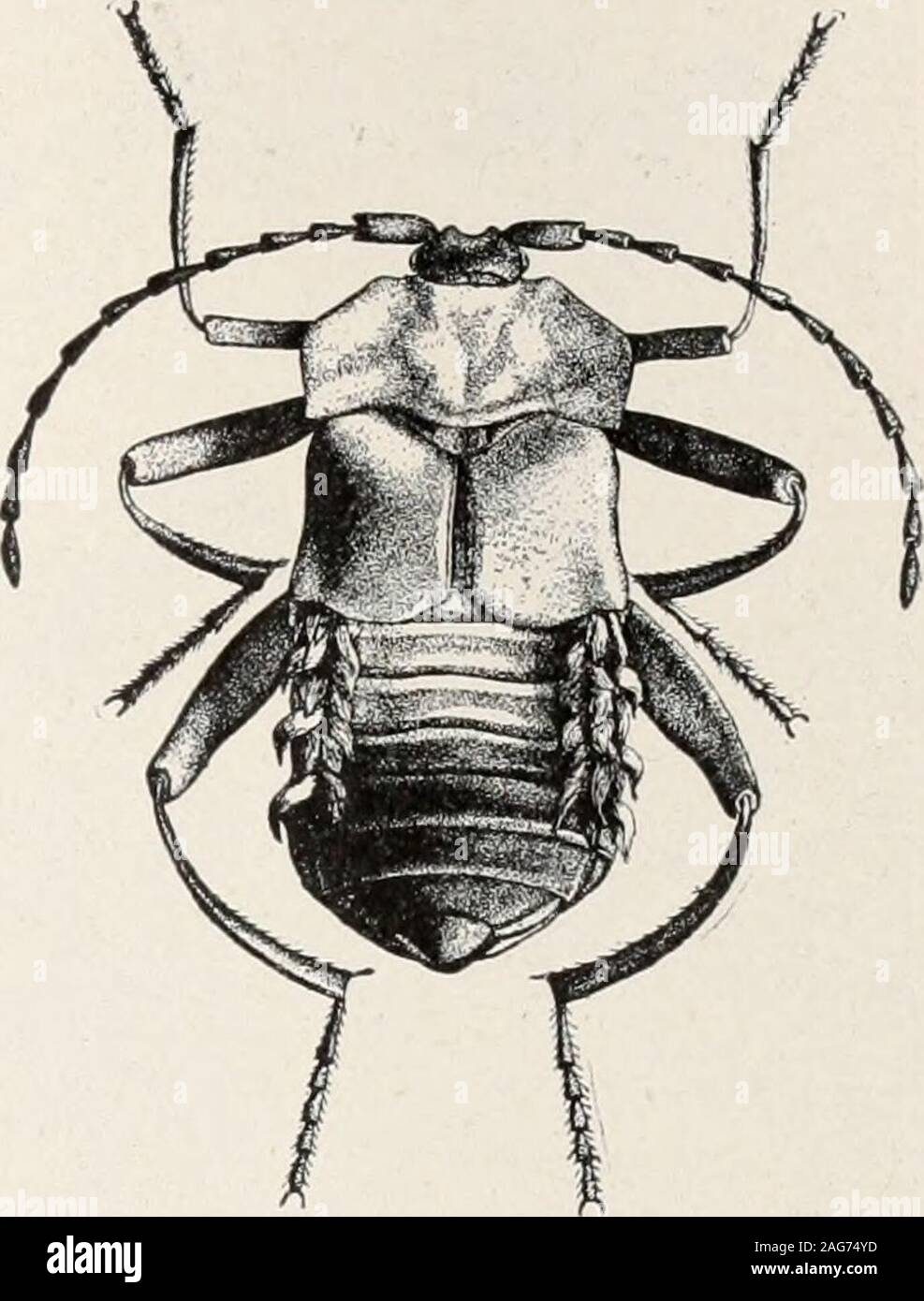. Ants; their structure, development and behavior. vations inmore than thirty special papers (seeliterature in Appendix E) and never tires of referring to these insectsin his more general works. The following paragraphs, taken fromone of his papers (1897^0, give a summary of the life-history ofthese beetles: The Lomechusa group, embracing the palearctic genera Loinc-chusa and Atemeles and the nearctic genus Xenodusa, contains, froman ethological point of view, the most interesting and at the same timethe largest of the true ant-guests (symphiles) of the north temperateregion. These Staphylinic

Image details
Contributor:
The Reading Room / Alamy Stock PhotoImage ID:
2AG74YDFile size:
7.2 MB (254.1 KB Compressed download)Releases:
Model - no | Property - noDo I need a release?Dimensions:
1378 x 1814 px | 23.3 x 30.7 cm | 9.2 x 12.1 inches | 150dpiMore information:
This image is a public domain image, which means either that copyright has expired in the image or the copyright holder has waived their copyright. Alamy charges you a fee for access to the high resolution copy of the image.
This image could have imperfections as it’s either historical or reportage.
. Ants; their structure, development and behavior. vations inmore than thirty special papers (seeliterature in Appendix E) and never tires of referring to these insectsin his more general works. The following paragraphs, taken fromone of his papers (1897^0, give a summary of the life-history ofthese beetles: The Lomechusa group, embracing the palearctic genera Loinc-chusa and Atemeles and the nearctic genus Xenodusa, contains, froman ethological point of view, the most interesting and at the same timethe largest of the true ant-guests (symphiles) of the north temperateregion. These Staphylinicls, which belong to the subfamily Aleo-charinae, are treated by the ants like their own kith and kin, live inantennary communication with them, are cleaned and licked and occa-sionally carried about, and are fed from the mouths of their hosts, although they are also able to feed independently and frequently devourthe ant brood. The ants are especially attracted to these beetles onaccount of the prominent tufts of yellow hairs on the sides of their. FIG. 241. Xenodusa cava. (Original.) , j.oG ANTS.